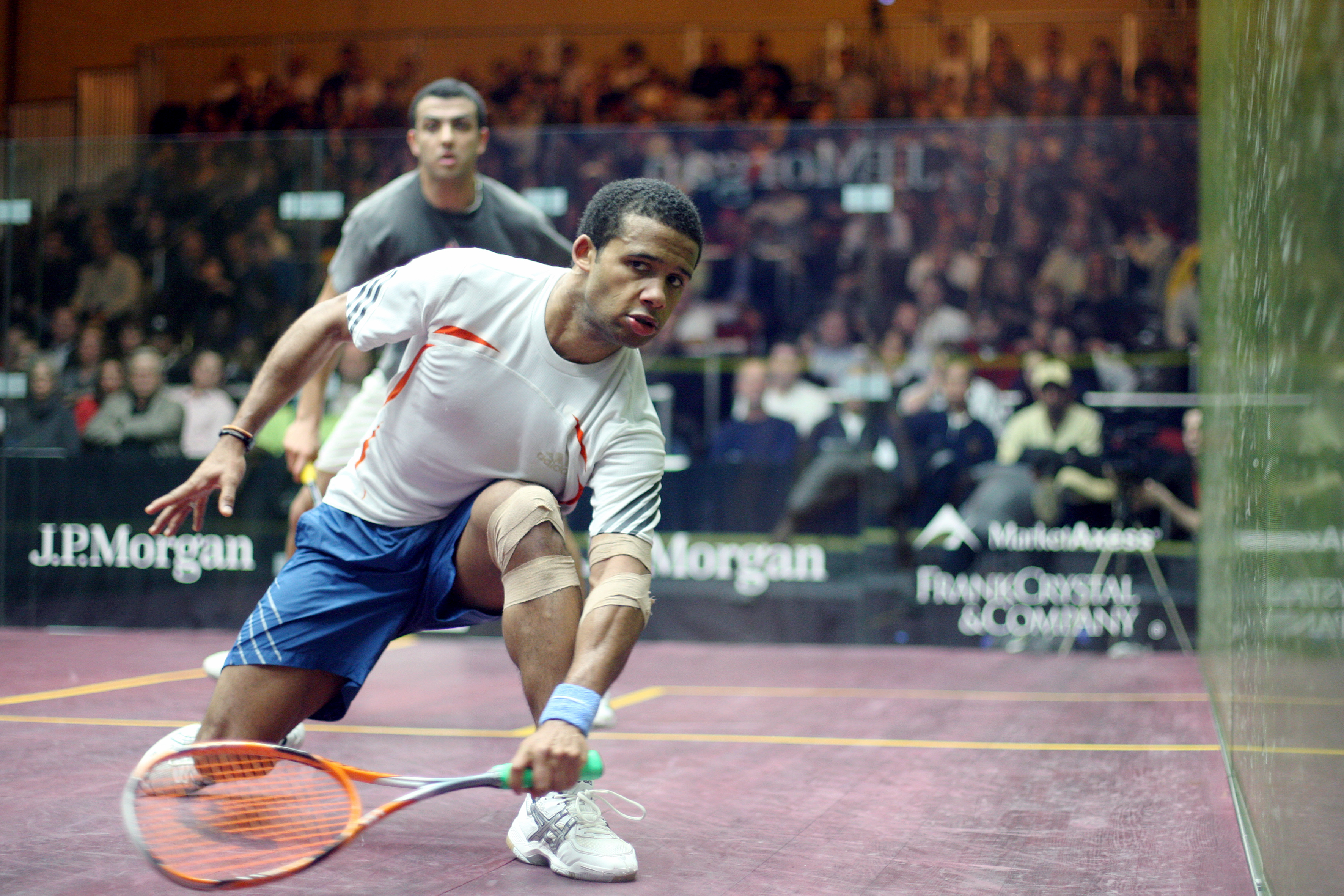By Damon Leedale-Brown, Sports Scientist & Conditioning Specialist
In order to plan effective physical training programs for any sport there are two important initial steps. Firstly we need to understand the physical demands of the sport and the challenges it places on the athlete, and then we need to assess the physical capabilities of the athlete and how well they match up to the sport. This provides a much clearer perspective of what type of training is going to help develop the athlete to become more physically competent in their sport.
What are we training for?
The game of squash presents considerable physical challenges across virtually all levels of play. Squash is typically classified as a multiple or repeated sprint sport, and even a simple time and movement analysis can help us begin to understand the physical skills required to be athletically proficient in the sport.

The Pro Game
At the recent Tournament of Champions Men’s Pro Tour event in New York the average match length through the main draw was 54 minutes. The longest and shortest matches of 92 and 26 minutes respectively were both in Round 1. In game 1 of the final in 2008, average rally length was 18 seconds (13 shots), with an average recovery between rallies of 9½ seconds. Previous research at a pro-level found average work to rest ratios of 2:1 in the Men’s game and 1:1 in the Women’s.
During my extensive time working with England squash, many of the top players consented to have their heart rates and sweat rates measured during tournament play. We found an average heart rate response during play of 85-90% of maximum. Sweat rates in the Men were up to 2.5 l/h, and 1.5 l/h in the Women (yes—men are sweatier!). On one occasion in Malaysia we had a player come of court nearly 9 pounds lighter after 75 minutes of play!
Match lengths of potentially an hour or more, combined with high heart rate responses, indicate that endurance is a key factor of physical success in the elite game. However, from a movement perspective you only have to watch top players in action to understand that strength, power, speed, agility, dynamic balance, and mobility are also crucial physical elements of the sport. This is what makes it an interesting sport to train for, and remember this is only one component of a squash player’s make up.
Your Game
Think about what you would consider as one of your typical matches—How long does the match last? How long is each game? Are most of your rallies over in a few shots or do you have more extended points? This will depend to some extent on your ability and that of your opponent. However over a series of matches you begin to build up a good picture.
Even at this stage you can start to glean some useful information about your abilities as a squash athlete. Do you start off strong but always struggle if the match goes to four or five games? Against a slightly better player do you feel slow off the mark, and struggle to turn or change direction quickly enough? Are you balanced on most shots or do you often find yourself falling through the shot?
The unfortunate reality of squash (as with most sports) is that as you progress to higher levels of play the physical demands increase with it. The rallies tend to be longer and played at a higher tempo, requiring you not only to have better endurance but to be quicker, stronger and more agile.
In the next article we will discuss different ways to assess your abilities as a squash athlete, and then begin to lead into effective ways to train for endurance, strength, speed, agility…!





